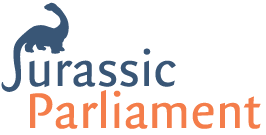“Stand at ease” creates breathing space in meetings

© Can Stock Photo/sellingpix
Have you ever had one of those desperate moments in a meeting where you just don’t know what to do? I certainly have! There is a great tool to use at such a time. The chair can direct the members to “stand at ease.”
This means that business of the meeting is on pause for a couple of minutes. Members are free to chat with each other in low voices or look at their papers, while staying in their seats. The chair can use that time to take a deep breath, consult the parliamentarian or a colleague, and rally internal energy to address the situation.
This is not a formal recess, and members are not supposed to get out of their seats or leave the room. “Stand at ease” just offers a bit of breathing space, which can help everyone regain “the majesty of calm,” to quote Miss Piggy in the Muppet Movie.
A meeting is said to stand at ease if the chair, without objection, simply permits a brief pause, without a declaration of recess. In such a case there is technically no interruption of the meeting, and members remain in their places. Quiet conversation among neighboring members may take place, but it must cease immediately when the chair declares the meeting again in order or any member objects to continuing to stand at ease. Robert’s Rules of Order Newly Revised, 11th edition, p. 82.
In using “stand at ease,” the chair is relying on “unanimous consent.” Read more about this in our blog entry, Unanimous consent will slash your meeting time.

